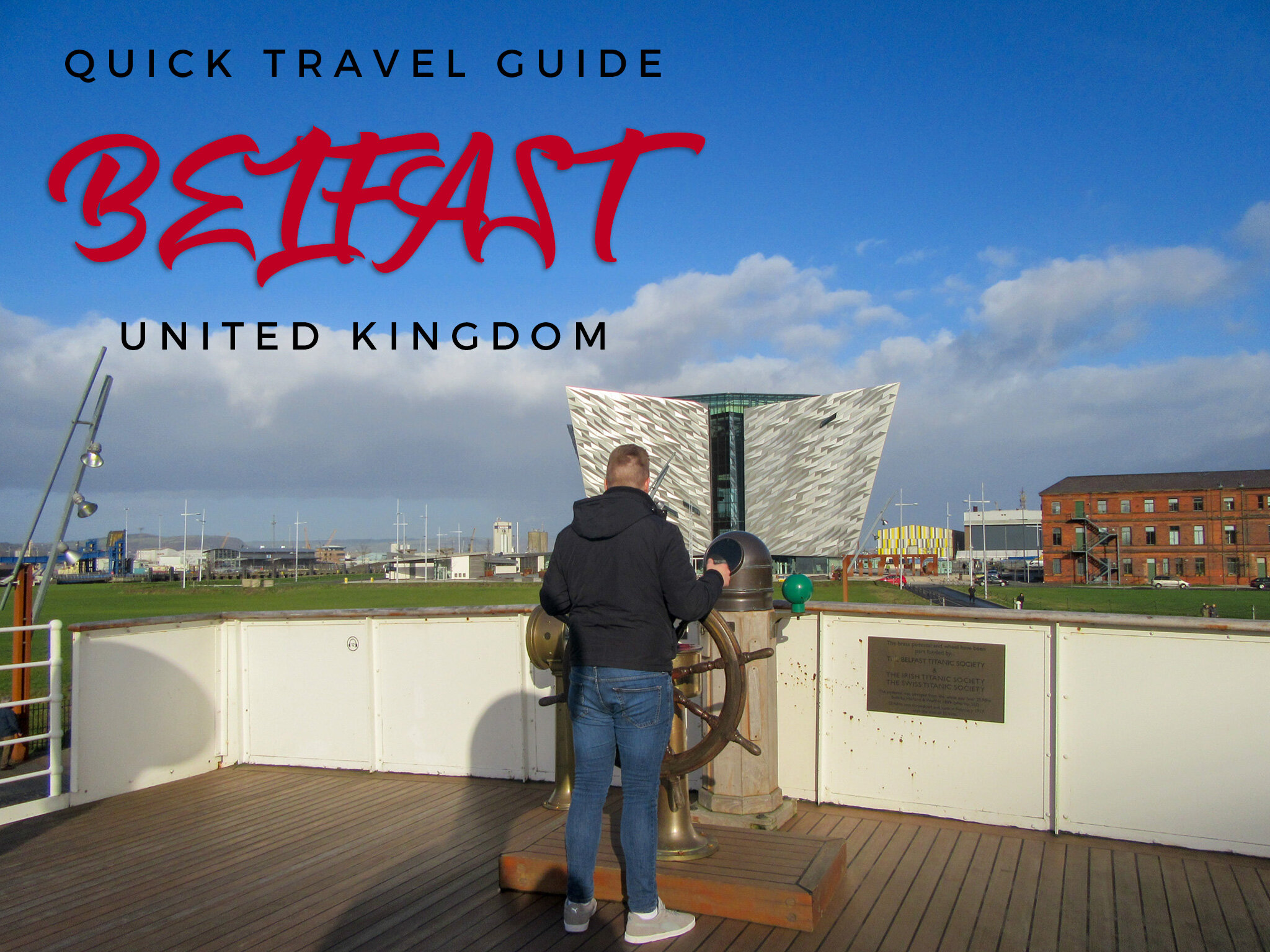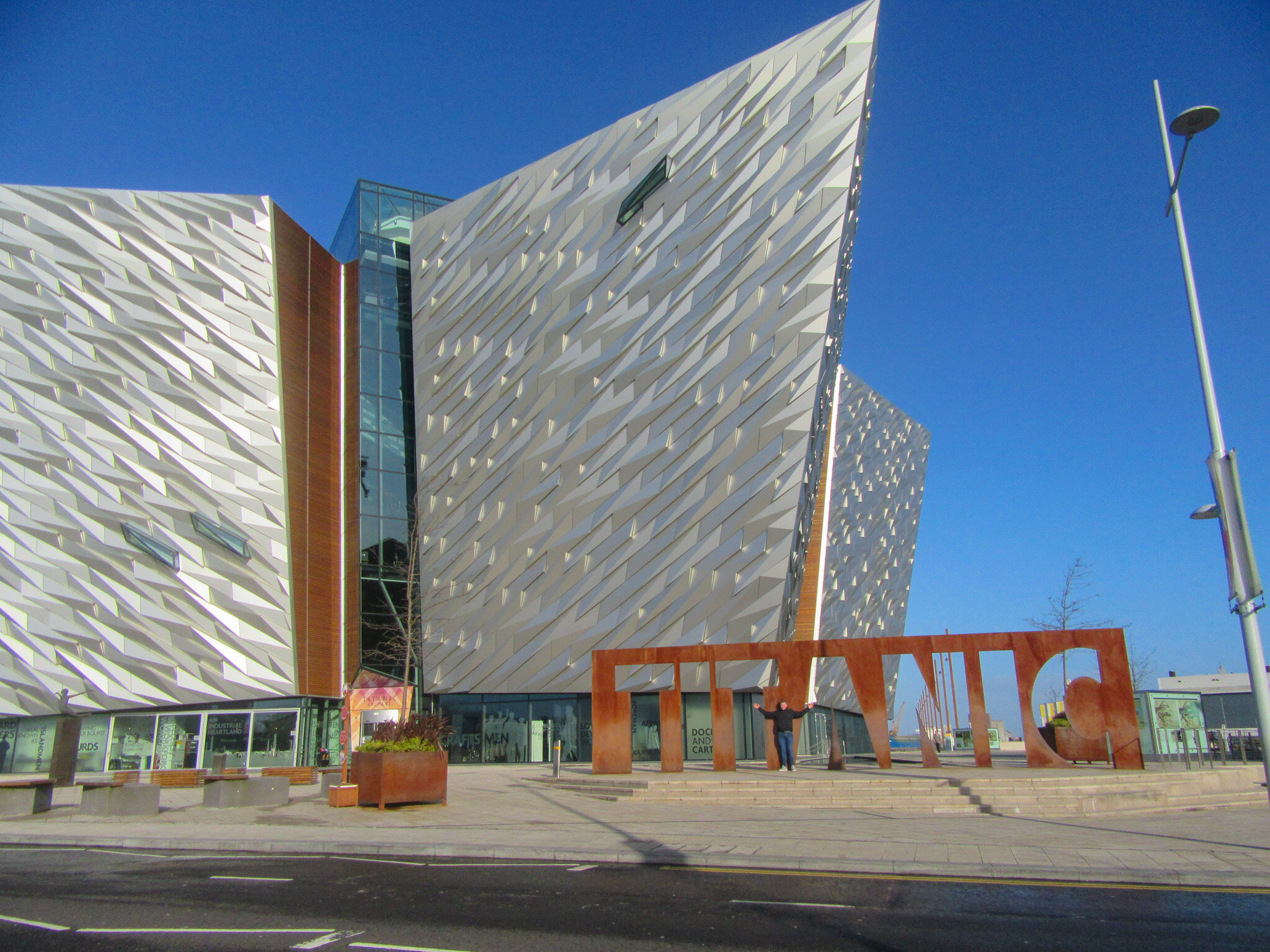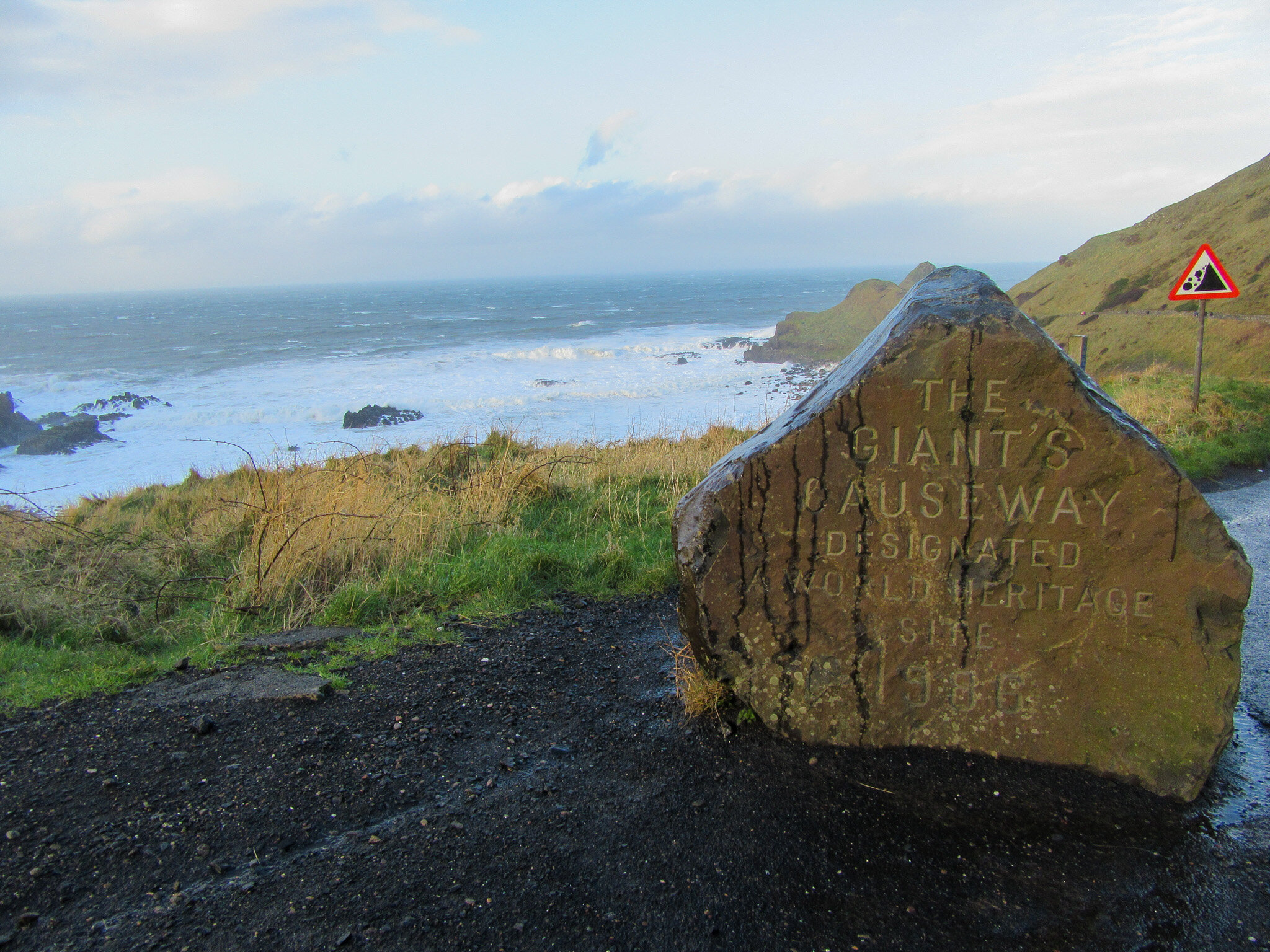A quick guide to visiting Belfast
/BELFAST
Country: United Kingdom
Population: 630,632
Time zone: UTC +0
Closest airport(s): Belfast International (BFS), Belfast City (BHD)
A little bit about Belfast
Belfast icon, The Big Fish.
Belfast is the capital of Northern Ireland and is located on the north-east coast of the island of Ireland. It is also part of the United Kingdom.
After officially becoming a city by Royal Charter in 1888, Belfast emerged as a world centre of industry and shipbuilding, giving birth the world’s most famous vessel – Titanic. It was also a world leader in the production of linen, leading to the nickname “Linenopolis.”
The years that followed were less than savoury for Belfast as it was bombed heavily during the Second World War and was the epicentre of years of political turmoil in the region known as The Troubles, which included disorder and rioting by rival Protestant and Catholic sides.
The Good Friday Agreement of 1998 brought and end to the fighting and following a couple of dark decades the city of Belfast began to recover, attracting considerable investment and starting to reverse a decline in its population.
Why should I go?
Albert Memorial Clock, which has a slight lean.
While it may not have the natural pull of London or nearby Dublin, Belfast is a fantastic city in its own right with a lot going for it.
If you’re travelling from the United Kingdom it’s a staycation with a twist, and the city is well connected nationwide thanks to budget carriers.
Explore the city’s various quarters and districts which come together to blend old and new, check out its fantastic food and drink scene, see street art around every corner and experience a different take on Irish culture.
The main attractions
Titanic Belfast
The Titanic museum sits on the site where the ship was actually constructed.
Relive the story of Belfast’s most famous creation at Titanic Belfast. The museum, which stands on the former Harland & Wolff shipyard, chronicles everything from the city’s maritime history to the impact of Titanic on present-day seafaring.
Wander from deck to deck and explore the nine interactive galleries of the Titanic Experience, where you can experience the excitement of launch day, explore the shipyard on a rollercoaster-esque ride and see what went into creating the world’s most famous ship.
Giant’s Causeway
The day trip to Giant’s Causeway was so fun and well worth it - even in winter!
While this isn’t actually in Belfast, tours going to Giant’s Causeway via the County Antrim Coastal Road leave the city daily.
En route to the natural marvel, see sights such as Carrickfergus Castle, the Dark Hedges and Carrick-a-Rede Rope Bridge, as well as the world’s oldest distillery at Bushmills.
The Giant’s Causeway’s UNESCO World Heritage Site milestone.
The views over Giant’s Causeway and out over the Atlantic Ocean are nothing short of breathtaking.
You’ll then be dropped off to explore Giant’s Causeway yourself, having the opportunity to get up close and personal with these naturally-formed, hexagonal basalt columns which have to be seen to be believed.
Belfast City Hall
One of the city’s best free attractions.
Belfast City Hall is one of the Northern Irish capital’s biggest and most recognisable buildings, which opens to the public three times daily for guided tours.
Led by an experienced guide, tours last around an hour and include an overview of the history of Belfast City Hall and its most prominent features. Tours are free and are available on a first-come, first-served basis. Visitors must register 10-15 minutes before the tour is due to depart at the guided tours reception.
Crumlin Road Gaol
The Crumlin Road Gaol tour is absolutely fascinating.
Explore over 150 years of history at Crumlin Road Gaol and find out its darkest secrets on a guided tour. Multiple tours run each day and a guide will accompany your group, showing you around the former prison while accompanying your visit with a series of fascinating anecdotes and stories about this infamous Belfast institution.
The Crumlin Road Gaol dates back to 1845 and closed its doors as a working prison after 150 years in service in 1996. In addition to the regular tours, there are also several night-time tours available throughout the year including the Ghost Walk Tour, Paranormal Tour and Historical Evening Tour.
St George’s Market
Great for atmosphere as well as food - make sure to stop by St George’s Market on your trip to Belfast.
To capture the true spirit of Belfast, make sure to stop by St George’s Market for a couple of hours. It’s only open at the weekends, but pop by for an eclectic mix of stalls brought to you by over 250 traders.
It’s a great place for a spot of lunch with everything on offer from bacon and egg rolls to fresh paella. You can also grab a homemade cake for desert and gather round with a drink for some fantastic live music.
Getting there
Belfast is served by two airports - Belfast International and Belfast City. Belfast City Airport connects the Northern Irish capital to several UK cities as well as running one service outside of the country to Amsterdam. To get to the centre from this airport, you can take the train from Sydenham train station to Belfast Central station, or the Airport Express 600 service with departures every 30 minutes at peak times from the terminal building.
Belfast International Airport, on the other hand, has various routes going to various destinations across Europe, as well as seasonal flights to Newburgh and Providence in the United States. Belfast International is 18 miles away from the centre and is connected via the Airport Express 300 service which runs to Belfast Europa Buscentre.
If you’re travelling from Dublin, the M1 Express coach runs regular services between the capitals with journeys taking in the region of three hours. There’s also the Enterprise Train service which is jointly operated by Translink and Irish Rail.
Getting around
Belfast has a small, compact city centre. Almost everywhere is walkable, but there are several Metro buses which cover the city centre. Uber also operate in Belfast, providing a convenient way to get from A to B.
Where to stay
Etap Hotel was cheap and cheerful, but it was all that we needed as a base for exploring.
We stayed at Etap Belfast, which is essentially an ibis Budget hotel. It was cheap and basic, but centrally located, meaning that everywhere, including the bus station, was only a short walk away.
As per usual, I’d recommend Booking.com as a go-to accommodation service. They have a great choice of hotels, hostels and apartments with flexible payment options and great deals.
Eat and drink
American food is on the menu at Bootleggers Belfast.
Belfast is hipster foodie heaven, with cool restaurants in abundance. All tastes are catered for, whether it’s American diner-style fare at Bootleggers, or fine dining at a classy establishment such as Ox.
The Cloth Ear on Skipper Street is a great spot for an evening meal.
Restaurants such as Hadskis, The Cloth Ear and The Great Room Restaurant all bask in the glory of the Cathedral Quarter, providing great venues in which to wine and dine and helping to make the area Belfast’s premiere district for nightlife.
And although I didn’t get to go due to being closed for refurbishment when I arrived in Belfast, the Crown Liquor Saloon is definitely worth a visit. Belfast’s most famous pub has a unique character, a great selection of real ales and an interior which harks back to the grandeur of Victorian times.
Five observations
Two in one
Combine your trip to Belfast with a trip to Dublin!
For those country counters travelling from further afield, visiting Belfast gives you the opportunity to have a twin-centre trip as Dublin, the capital of the Republic of Ireland, is only two hours away by road with no border restrictions between the Ireland and the UK, allowing for free passage.
Belfast just might be better than Dublin
Having visited both cities, I actually think Belfast is better. Like Dublin, there’s plenty to see and do, but Belfast city centre is nicer, feels a bit grander and isn’t crammed full of American tourists. Not that there’s anything wrong with Americans or tourists, but hearing more American accents than Irish in Dublin dampened the cultural experience somewhat.
The UK’s most underrated city?
Titanic in model kit form.
Belfast isn’t really mentioned when it comes to top British cities. Whether that’s because people don’t realise that Northern Ireland falls under the same flag as England, Scotland and Wales, or whether they remember more negative connotations of decades past - it simply doesn’t get the credit it deserves.
Foreigners may only recognise London as the UK’s only major destination (as do the British government, apparently), but Belfast is up there with Edinburgh, Liverpool and Manchester as a fine place for tourists to explore.
No passport control
Even though we headed over the Irish Sea, we never technically left the country, travelling from one port city (Liverpool) to another inside the United Kingdom. That meant that when we arrived, we headed straight for the exit and didn’t have to go through passport control. No queues, none of those terrible e-gates and no fuss. Brilliant!
Nightcap
An aerial view of Flithy McNasty’s - renowned Belfastian nightlife hotspot.
The most obscure thing about Belfast was its nightlife. While it has some great bars and it looked like a good laugh, everything had stopped by 1am and everyone had gone home by half past. The licensing laws in Northern Ireland are different from the rest of the country, meaning that places in Belfast have to shut earlier than they would do at home in Liverpool, where some places are open as late (or as early, depending on how you look at it) as eight in the morning.
Did you know?
Samson and Goliath are immortalised on this mural of Belfast landmarks and icons.
Visible from various locations across the city, Samson and Goliath, Belfast’s famous cranes, are still the biggest free-standing cranes in the world. They have also been classified as official historical monuments.
































If you’re travelling to Belfast, here’s everything you need to know including what to see, where to eat, where to stay and how to get there.